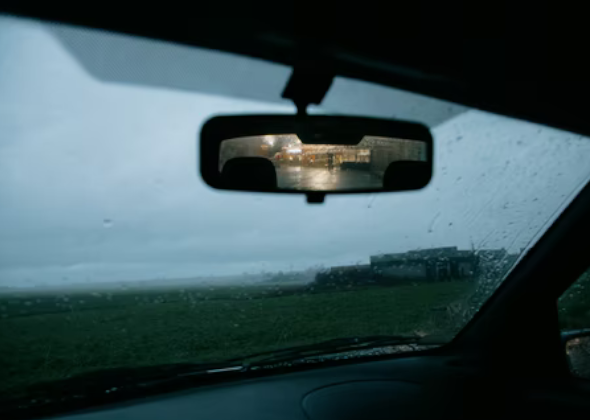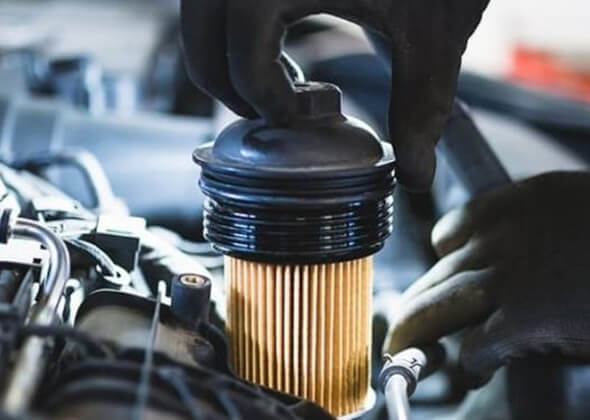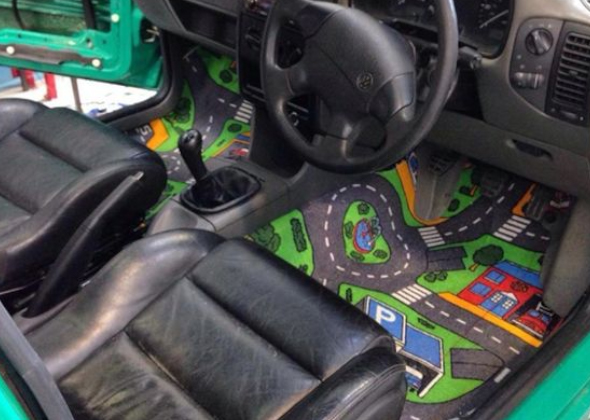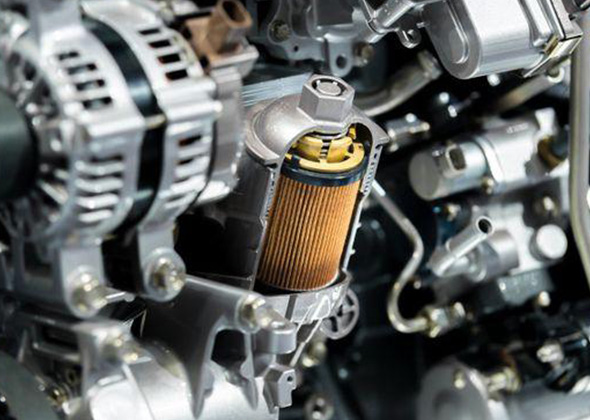Car lighting has come a long way since acetylene lamps were used in the 1880s. In the 21st century, cars have become much faster and smoother with a necessity to develop clear visibility through lights.
There are several options for a car light available in the market these days; so many that drivers often tend to pick headlights based on the added aesthetic. But, apart from looking good, there are other reasons why one should choose a particular headlight over the other as per their functionality. Let’s take a look at the different types of headlights and how they have distinct features over others.
Headlights
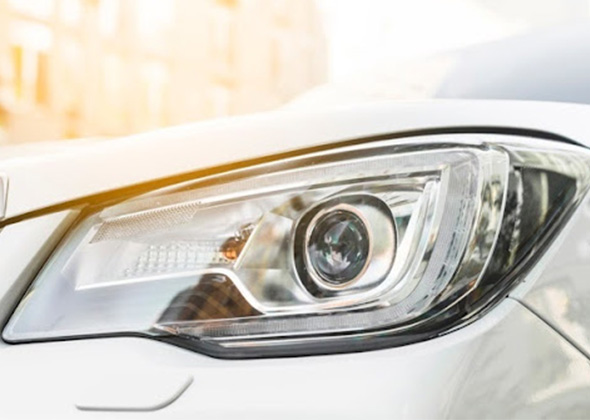
What Are Headlights?
Headlights are essential to adequately illuminate highways for safe night driving. They are normally equipped with two beams, one of which provides maximum lighting for night driving and the other of which provides deflection to the ground, while a third, low-intensity beam is utilized for city driving on the side of the road.
On typical automobiles, full-beam auto headlights are the brightest type of headlight. They are sometimes referred to as high beams since they are slanted higher than dipped headlights, helping you to see more of the road. They may use a different set of bulbs, and the switch to turn them on is normally situated near the switch for dipped headlights.
Low Beam Headlights do not really let you see too far ahead, but they do provide you a good view of the road ahead without glaring at the driver in front of you. These headlights can be extremely useful in inclement weather.
There are three different types of headlights:
- LED headlights: The LED headlights are a type of headlight that is extremely energy efficient and makes a prominent appearance in current headlights. These headlights are adaptable, with bulbs available in a variety of sizes. This enables LED lights to be built in new and innovative ways for headlights and tail lamps.
- HID headlights: The HID light bulb is another form of automotive light that can be utilized for various lights on a vehicle. They are different from conventional light bulbs in a way that they don’t have a filament.
- Halogen headlights: Halogen lights are the most common type of light in today’s automobiles. The halogen light is produced from a glass tube that contains a mixture of gases, most often nitrogen and argon, and tungsten filament.
When to Use Headlights?
Headlights can blind oncoming drivers, therefore they should only be used when there is no traffic in front of you or on unlit roads at night. Low-beam and high-beam lamps are normally controlled by separate bulbs, so if one fails, the other can take over.
Tail Lights
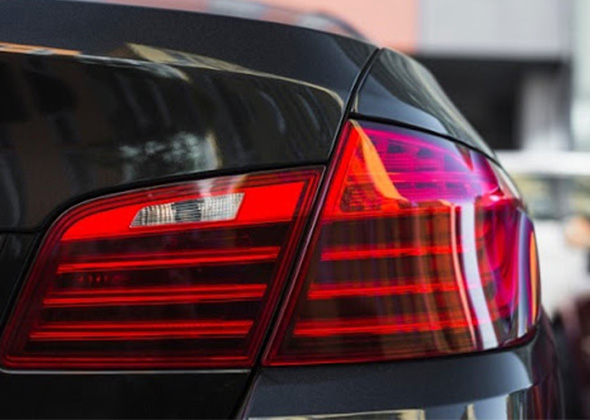
What Are Tail Lights?
The red lights on the back of your automobile that turn on automatically when your headlights are turned on are known as taillights. They alert drivers approaching from behind that you are present and how far ahead you are.
The vehicle’s safety is enhanced by the presence of tail lights. They reveal the vehicle’s back border so that other drivers can get a good idea of its size and shape. Furthermore, in severe weather such as rain or snow, they allow other motorists to see the car.
The majority of nighttime traffic accidents are primarily caused by defective or faulty tail lights, with reckless driving taking the top rank. If a tail light fails, replace it as soon as possible. You may be pulled over if your tail light is not working.
Tail lights come in a variety of designs and sizes, depending on the automobile model and the space available in the back. They can be round, oval, or any other shape you can think of. In general, all types of automotive tail lights can be divided into three categories. The primary purpose of the tail light on the backside of the car is to alert other drivers to your presence and prevent an accident. The driver does not have to exert extra effort to switch the tail light independently because they are coupled with a headlight switch.
When to Use Tail Lights
The taillights are located above the bumper on the back of the car. They are red and feature white lights beside them that show whether the vehicle is in reverse. When one is driving, tail lights alert other drivers to your presence, allowing you to travel safely in the dark. Also, as the driver applies brakes, the red hue of the tail lights shines brighter, signaling to other drivers that they should slow down as well.
Driving Lights
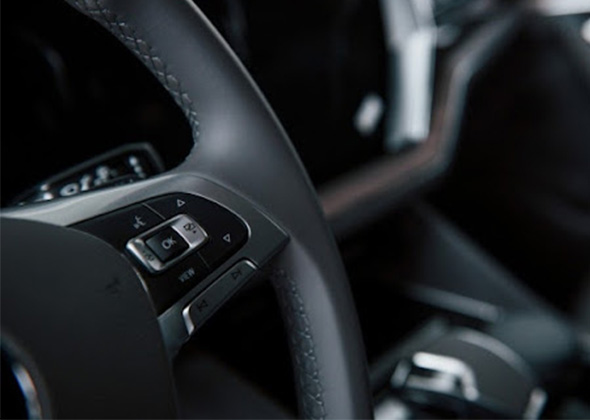
What Are Driving Lights and Symbols?
Driving lights are designed to project light much further and wider than automotive headlights, also unlike fog lamps, which illuminate the front of the car closer in range.
When to Use Driving Lights
When driving considerable distances, or on highways at night, driving lights are necessary. They allow drivers to see further and have a wider field of vision.
Parking Lights
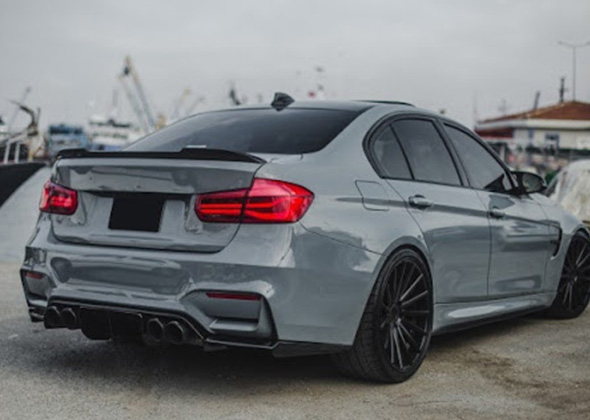
What Are Parking Lights?
Low-intensity parking lights are normally provided at the front of the automobile, either as separate units or as part of the headlights, and are utilized while the car is parked. Because sidelights aren’t as bright as headlights, drivers use them to make themselves visible to oncoming traffic when it’s too dark for the main lights. The on/off switch is typically located on a dashboard dial.
When you turn on the sidelights, your number plate lighting and rear lights turn on as well, making it easier for persons behind you to see your car. Some types allow you to display lights on only one side – the traffic-facing side. This is usually activated by pointing in the desired direction, which turns on the lights on that side as well. However, parking lights are sometimes controlled by different switches.
Manufacturers must include these lights in new vehicles because studies have found that keeping the lights on all the time, regardless of the natural lighting conditions, provides a considerable safety benefit.
When to Use Parking Lights
The parking lights are left on when parking a car in the dark to send a signal to other moving objects and thereby avert an accident. When parked on a road (or lay-by) with a speed limit greater than 30 mph, all cars must display parking lights or sidelights, according to the Highway Code. They are designed to be kept on for extended time periods when you leave your car without draining the battery.
You don’t need to use your sidelights if the speed restriction is 30 mph or less, as long as you are facing the traffic flow or you are close to the curb. If the vehicle is parked on any road in fog for unavoidable circumstances, parking lights must be turned on.
Brake Lights
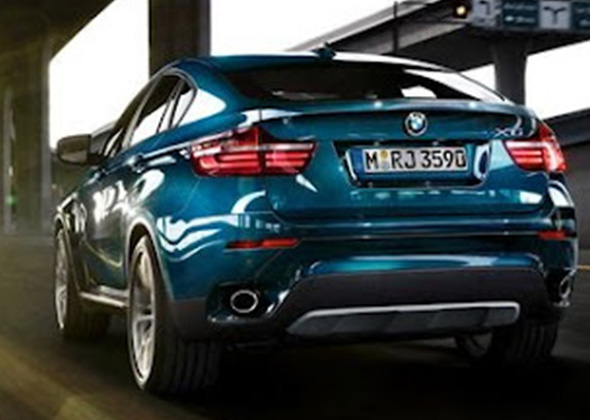
What Are Brake Lights?
Stoplights, also known as brake lights, are located at the rear of the vehicle and illuminate when the brakes are engaged. Although the brake lights activate when the vehicle comes to a stop, it is critical to operate and maintain them properly.
When you come to a complete stop, tapping your brakes repeatedly can help you catch the attention of the drivers behind you and possibly avert a collision.
Many people are unaware that their brake light has gone out until they pull the lever. Check the brake light once a week to avoid a penalty and points on your driver’s license. Have someone stand in the back of the car while tapping on the brake. Aside from the safety issues, a broken brake light could result in you being pulled over by the cops and given:
- A warning is given verbally.
- A fine and three points on your license are included in a fixed penalty notice
- A 14-day deadline for repairing the defect and providing proof of completion.
- In extreme cases, your vehicle may be towed off the road right away.
When to Use Brake Lights
A vehicle’s brake light switch serves a crucial safety role. When the brake pedal is pressed, power is sent to the signal lights at the back of your car, to alert other vehicles that you’ve slowed down.
Signal Lights / Indicators
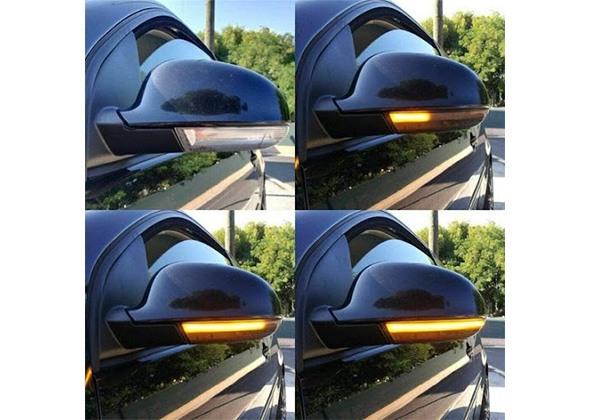
What Are Signal Lights?
Indicator lights are amber-colored and can be seen on both the left and right sides of the car, in the front, back, and sometimes on the side of the car. Signal lamps play a crucial role in keeping people safe. They illustrate vehicle slowing and a change in direction, as well as making the vehicle more visible to other road users in low-light conditions.
Aside from that, various specific signal lights are utilized. A red warning light indicates when the high beams of the headlights are burning, when the parking brake is activated, when oil pressure is low, when the cooling water temperature is too high or too low, or when the generator is not charging the battery, among other things.
When a signal light fails, there are a number of potential causes. When debugging, keep the following considerations in mind:
- Examine the light sources and, if necessary, replace them.
- Check for corrosion and contact interruption in the bulb holder.
- Examine the power supply, particularly the fuses.
- Check for corrosion and mechanical damage on the plug-type connection.
When to Use Signal Lights
While turning left or right or moving out into traffic, utilize your indicators to indicate that you’re changing directions. If other road users (vehicles, bikes, or pedestrians) are visible, you just need to use your indicators. Use the signal light ahead of time to give other drivers enough time to respond and adjust to your signal. Once you’ve finished the maneuver, double-check that the indicator has turned off, or else you risk confusing other drivers.
Fog Lamp
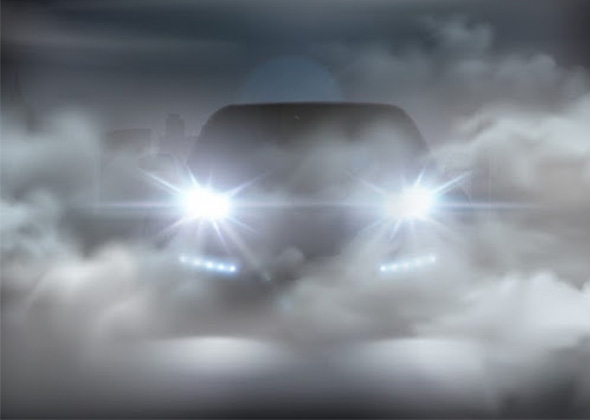
What Are Fog Lamps?
One of the many lights on a car is the fog light. When driving in the fog, many people worry about what lights they should use. Low or high beams may do each task better than the other depending on the thickness of the fog.
However, if you’re traveling in foggy weather, your automobile may have fog lights that you should activate. Auto fog lights, which are mounted on the lower section of the bumper, produce a flat, wide beam that cuts through the fog and allows you to see the road ahead. They are used to make a vehicle more apparent to other drivers. To display under the fog line, they are frequently mounted lower on the car than headlights.
To call attention to the vehicle, they are usually yellow or golden in color. High lights can bounce moisture back into the air, making it harder to see in dense fog.
When to Use Fog Lamps?
Only use your fog lights if visibility is less than 100 meters. To put that in perspective, that’s around the length of a football pitch, to use a traditional British measurement.
When visibility is better than that, it’s crucial not to use your fog lights since you might dazzle other drivers.
Backup Lights
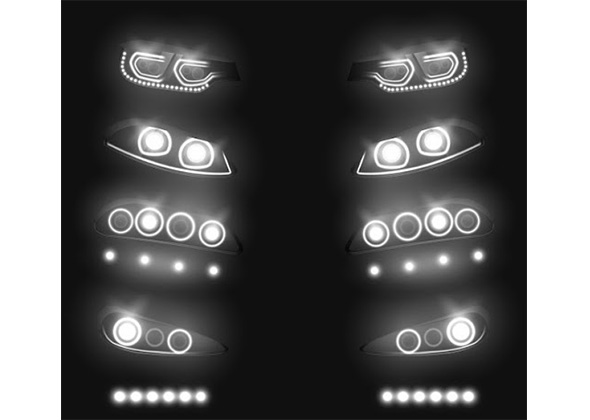
What Are Backup Lights?
When the driver switches into reverse, the backup lights turn on. This links the backup lights to the battery by closing a switch linked to the selecting lever. They’re used to alert other vehicles and persons in the vicinity that the car is preparing to reverse. When the automobile is backing up, the reverse lights also give some illumination. White reverse lights are required on all vehicles and are included as standard equipment.
If you ever need to check your backup lights but don’t have anyone to assist you, there is a way to do it on your own. Put the transmission in reverse with the parking brake on and turn the ignition switch to “on”. It is critical to ensure that the parking brake is engaged. Once that’s done, exit the vehicle and check the reverse lights, they should be turned on.
Backup lights are an essential protective component of your vehicle since they alert other drivers and pedestrians that you are backing up. If someone is following you or is about to pass you, they will be aware to be cautious. Make sure your reverse lights are in good working order by testing them on a regular basis. If your reverse light is out, you may be pulled over and given a penalty. If your rear light is not working properly, it may need to be changed.
When to Use Backup Lights
Backup lights should be used while you are backing up your car so that the driver behind you can be alerted of the same.
Hazard Warning Lights
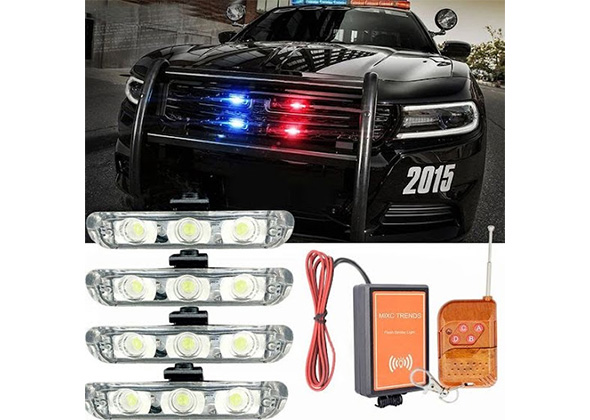
What Are Hazard Warning Lights?
The vehicle’s hazard lights are situated in the front and back. They’re also referred to as flashers. Hazard warning lights are used in a variety of ways in many different countries. When they are on, they accept a flashing signal to warn other drivers that they are experiencing a problem or an immediate danger. They should only be used as an early warning system in the event of a calamity or traffic jam.
The dashboard button is denoted with a triangle shape that is the hazard warning lights, and the blinking amber lights are designed to warn other drivers of danger or blockages on the road.
When to Use Hazard Warning Lights?
If your vehicle is stationary, you should only use your warning lights to alert others that you are causing a temporary obstruction. This can happen if you’ve been in an accident, broken down, or been forced to come to a halt due to a roadblock. If you’re on the highway and there’s an obstruction up ahead that you need to warn other cars of, you can also use your warning lights.
Interior Lights
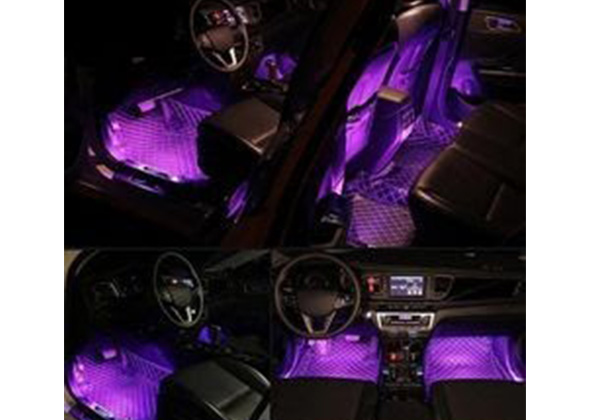
What Are Interior Lights?
Interior lights, often known as dome lights or courtesy lights, are seen in most automobiles. These can be mounted on the vehicle’s ceiling and illuminated when passengers enter or exit the vehicle. Normally, the lamp remains on until the car is turned on, allowing passengers to safely tighten their seat belts. Interior lighting can also help with reading maps and finding misplaced goods in the dark. Here are some of the things that you should know about interior lights:
- Dim lights: If your interior lights are dim, it could be due to an alternator failure or a dead battery. Testing the voltage is an easy approach to see if the problem is with the alternator. A voltage meter, for example, is placed on the battery terminal and read while the engine is operating. If the reading is low, it may be time to replace the alternator.
- Stay on lights: Check to see if the front hood is correctly fastened if your interior lights continue on after the door closes. If this is the case, a sensor may be malfunctioning. A mechanic will be able to thoroughly diagnose the issue and make any necessary vehicle changes.
- Flickering lights: Flickering lights can indicate a range of issues, including battery corrosion, electrical issues, switch malfunctions, or a broken alternator, to name a few.
When to Use Interior Lights
Interior lights can be used for various purposes including locating maps, opening the door via keyhole lighting, looking at the dashboard, among many others.
Classified by Types of Automotive Light Bulbs
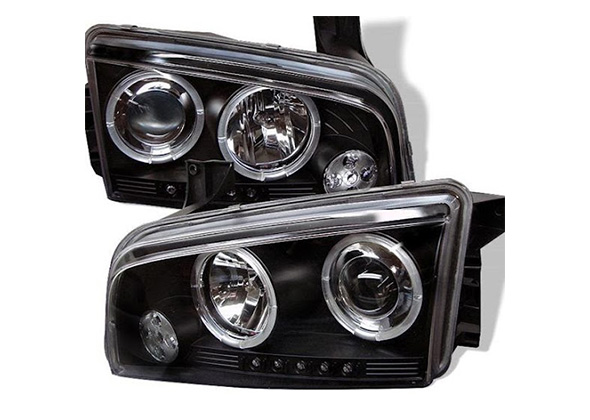
Here are some of the types of automotive light bulbs and how they are different from one another.
Halogen Lights for Car
Despite the fact that the core technology behind halogen lamps has been around for more than half a century, they are still commonly utilized due to their low cost of production and replacement.
Halogen bulbs have a tungsten filament identical to a regular light bulb, but they are filled with halogen gas, which makes the filament glow brighter and last longer. The H4 is a headlight bulb with two filaments that are commonly used in compact cars. The H17 and H18 bulbs are smaller, more powerful halogen lamps, whilst the H8, H9, and H11 bulbs are self-sealing and do not require a watertight unit, making them ideal for foglights.
HID Lights for Car
Xenon bulbs, also called high-intensity discharge (HID) bulbs, have an arc between its two electrodes instead of a filament. It must perform at 80 percent capacity within four seconds of being turned on by law, which necessitates the use of a high-voltage starter to ignite the gas and a control device to keep the bulb lit. Although xenon is used to ignite the arc, it is metal salts that keep it burning.
Most cars with xenon lights required headlight washers and a self-leveling device until recently to maintain the light beams projected downwards no matter how heavily loaded the vehicle was. This makes them more expensive to manufacture, which is why many automobile manufacturers have remained with halogen for so long.
However, bulb manufacturers have now developed xenon bulbs with a lesser light output that don’t require a self-leveling mechanism or lens washers, saving around half the price. As a result, we’re seeing them on a growing number of smaller vehicles with lower trim levels.
LED Auto Lamps
New cars are now using LED lights instead of xenons since they are more energy-efficient, last longer, and allow car manufacturers to design unique light shapes.
Instead of a filament or arc, power is transferred through one or more light-emitting diodes in LED bulbs. The light generated is comparable to that of a xenon bulb, however, LED bulbs don’t produce as much heat, making them more efficient and hence less expensive to operate.
Conclusion
All vehicles are equipped with different types of car lights, each with its own distinct and essential function. Some individuals aren’t even aware of all of the different lights on a car, but it’s critical to understand each of them, how to use them properly, and how to repair them on a regular basis. If you are in the auto part business, you also need to master auto light knowledge to help source different types of car light for better sales. Work with Sunway and you can get reliable hassle-free auto lights and parts supply.

